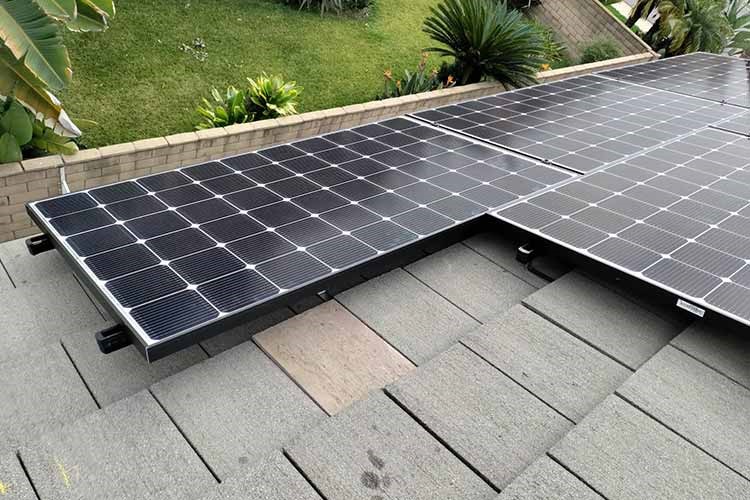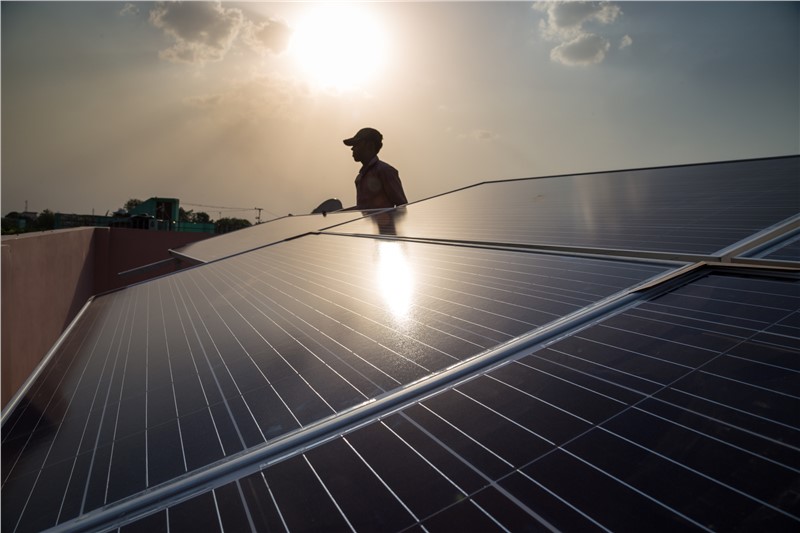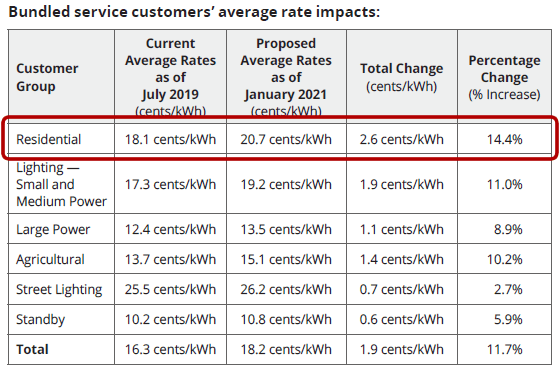State legislators have been increasingly jumping on renewable energy. Recently, some states have passed bills that would mandate incredible increases to their clean energy generation. Climate Spectator reports that states are increasing their renewable portfolio standards (RPS), which are state or local level policies that tell electricity suppliers to provide a minimum amount of their electricity from renewable sources. Hawaii has set their RPS to 100 percent by 2045, while Vermont created a 75 percent RPS by 2032. These two states have higher target percentages than the rest of the nation. California is also still leading the nation in solar energy, with 5 percent of its annual electricity generation coming from this renewable source.
But while some states are making concerted efforts to fight climate change, bans on inter-state electricity transmissions lines impede energy efficiency progress as six are prohibiting out-of-state merchant transmission lines, causing many renewable energy supportive states' missions to come to a halt. Reg Blog reports that these lines are frequent carriers of renewable energy, which can provide the electricity needed for the high-demand renewable energy marketplace. However, construction for these lines is frequently blocked by states that do not utilize this electricity passed across their borders.
Renewable sources for energy are growing not only in public opinion, but also in usage. Last year, renewables accounted for 13 percent of the nation's electricity usage and those numbers are continuing to grow. Yet, to capitalize on this growth, there should be an easier way to transport power across state borders. States that benefit from significant amounts of sunlight should harness solar power, while windy states should do the same through wind farms, and then create power lines to carry their electricity to regions that need it the most.
If you are sold on the idea of solar energy, contact SolarMax Technology to learn more about solar panels for your home.
Subscribe to SolarMax Technology's Blog










Comments